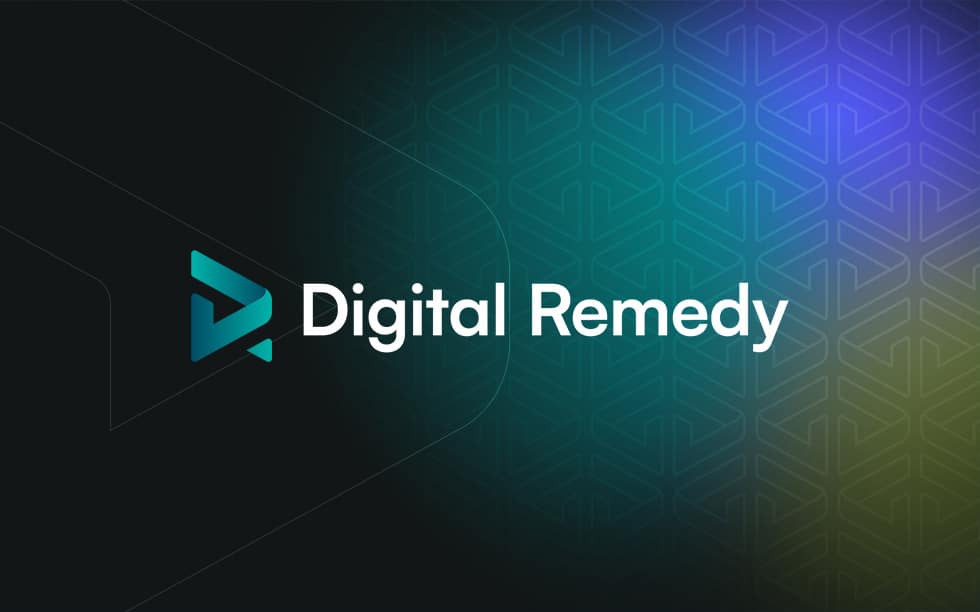May 6, 2019
No one understands your customers, products, and services better than you do, and with the rise of programmatic advertising, a growing demand for transparency and control over data has become a very real concern. In response, the idea of taking programmatic “in-house” is circulating among an increasing number of brands. On the surface, in-house may…

No one understands your customers, products, and services better than you do, and with the rise of programmatic advertising, a growing demand for transparency and control over data has become a very real concern. In response, the idea of taking programmatic “in-house” is circulating among an increasing number of brands. On the surface, in-house may appear to give brands the visibility they want, cutting out the middleman, in theory increasing the ROI on spend. Perhaps the most important item to a brand considering a move to in-house, Data. Keeping data in-house, ensuring the data is “protected and safe” is a top priority for many organizations.
We agree that every brand should take an active role in optimizing their media investment, demand financial accountability, and take measures to safeguard their data. But, in-house may not be the most practical way to achieve these goals.
Programmatic is a complex network. In this landscape, to be efficient and successful, companies need to be experts in the use of several platforms to ensure campaign and business KPIs are reached, while driving value for the brand or product. Programmatic advertising is a combination of strategy, talent, operations, technology, trading, and data. Many brands underestimate the investment of time and resources they will need to allocate to effectively implement and maintain an in-house programmatic stack. Vodaphone changed its mind about bringing programmatic in-house after discovering it is far more complicated to build its own trading desk.
So what are some of the myths that drive brands to believe they can take programmatic in-house?
Customers are complex and continuously evolving. Data-activated programmatic cuts through the noise to help brands build one-to-one relationships with customers at scale. Fueled by a rise in data leakage, misuse, and the legal restrictions of GDPR, many brands are justifiably seeking to keep and control their own data. The fact is, clients should always own their own data, regardless of whether they are using an agency or a marketplace vendor. The question of who has access to that data, and the ability to act on it, should be a separate issue. As a marketplace partner to brands, we don’t want to see or store your data. We go to great lengths to ensure that data is protected, there is full transparency when using first-party data, and legal data licenses are established with our clients to determine how data can be used in our programmatic efforts.
But the bigger issue is assuming your data is enough for a successful programmatic strategy. As an established industry partner, we have access to a larger pool of data (19 years and counting), including owned, borrowed, and rented. This larger pool allows us to combine your first-party data with the third-party data we access to create a 360-degree view of your customers. Limiting your campaigns exclusively to first-party data means you are missing out on opportunities.
More data provides you with a deeper understanding of trends and hidden markets, precisely the kind of competitive insight you need to stay relevant in the market. We can give you the intelligence you need to change your strategy so that you can extend your reach beyond your current profiles to reach new markets, and we can test and discover which content works best for your objectives.
Programmatic is a complex infrastructure of ad exchanges and platforms. We have a deep understanding of the market, including the important and key players, the necessary vendors, and we have a platform management system to ensure compliance across all of our marketplace partners (100+). This greater pool of partners gives us access to valuable inventory and tactics that allows our clients to appear in multiple places simultaneously, and customize plans to fit their needs.
These relationships are critical to ensuring we match your unique brand positioning to align with your audience and goals. In addition, our network serves as a backup if anything goes wrong. Do not underestimate the time it will take to develop a similar network, as Vodaphone can attest. Without access to this number of resources, you will have limited inventory options, and you may miss out on valuable placements.
Bottom line: one seat in one platform will get you one entry point, one data set, one set of partners, one way of looking at the programmatic marketplace. Our expert opinion is that no campaign should launch without at least 10 partners across inventory, verification, brand safety, and data management… one of them very well may be The Trade Desk.
There is a noticeable amount of concern centering on revenue leakage, with many brands believing that by buying direct, they can cut out the middleman and receive significant savings on programmatic ad buys. The reality is, agencies have buying power, as they buy in volume for many clients, which results in volume discounts. These discounted rate structures also come with the guarantee that the client has the best access points, with the agency taking all the risk if the campaign fails to deliver.
A common misunderstanding concerning volume discount occurs when companies do not take into account the other hidden costs the agency absorbs. When you partner with an agency, you have access to their vendor relationships without the expense, time, effort, licensing, subscriptions, and legal fees required to maintain those relationships. When an agency handles programmatic for you, you pay for only the services you use, with the agency taking on the fixed costs of programmatic itself.
Before you pitch your executive team on bringing programmatic, search, and social in-house, make sure you stop into your CFO, HR, and General Counsel’s office to make sure their teams have the bandwidth and training processes in place to manage your programmatic infrastructure, and to get everyone on the same page.
Building an in-house programmatic team will require more staff. More than likely you’ll need to recruit team members with a skill set that is missing within your current marketing team. You’ll be looking for people with unique talents, who have a combination of in-depth strategic marketing knowledge, along with the ability to analyze data, married to a deep understanding of programmatic technology and a fine-tuned technical expertise. Consider also that programmatic is an evolving industry which demands that staff have the opportunity to continue their education to keep up with changes.
At this point, you’re likely thinking that paying the salaries programmatic marketers expect it may just be cheaper to hire an agency?
Brands want to buy viewable impressions only. They believe that if they take programmatic in-house, they can gain more control and eliminate paying for invalid impressions. Ad fraud is a legitimate concern. The World Federation of Advertisers predicts that globally ad fraud will cost advertisers $50B by 2025.
As industry leaders, we are not only committed to eliminating fraud for our clients, but we’re also doing our part for digital marketing as a whole. In 2019 more money will be spent on digital than traditional, and while this is an amazing milestone it’s also a reminder of the saying ‘the bigger they are, the harder they fall.’ We know that as the pool of operators in digital grows, it will be tougher for companies to identify who they can trust. One solution to this would be to bring digital in-house, the other would be to trust an industry player that has shown a dedication to battling the ‘dark’ side.
The issues surrounding in-house programmatic are real. Brands want to protect their data, gain more control over fees, and streamline the ad-buying process. Yet, the reality is, going in-house is far more complicated than it appears. A partner, with the right relationships, can alleviate many of the problems brands face when trying to go in-house by providing the efficiency, brand and data safety, talent, and resources clients need to reach the right audience, at the right time, with the right message.
Related Posts

In the constantly evolving digital advertising landscape, agility and flexibility are paramount. As agencies and advertisers look to maximize.

When COVID-19 upended the world in early 2020, the ripple effects were swift and far-reaching across every industry, and.

As artificial intelligence continues to dominate headlines and industry conversations, confusion still lingers—especially around the relationship between artificial intelligence.